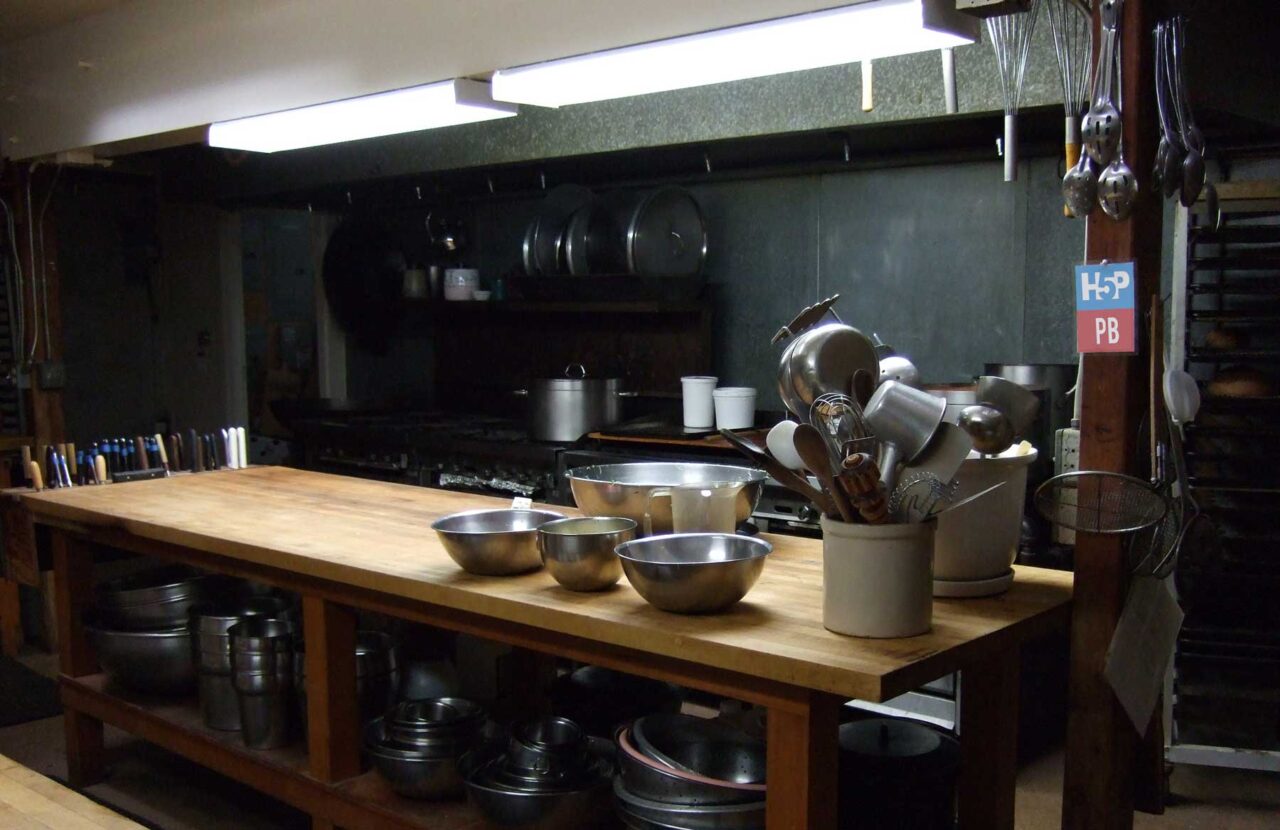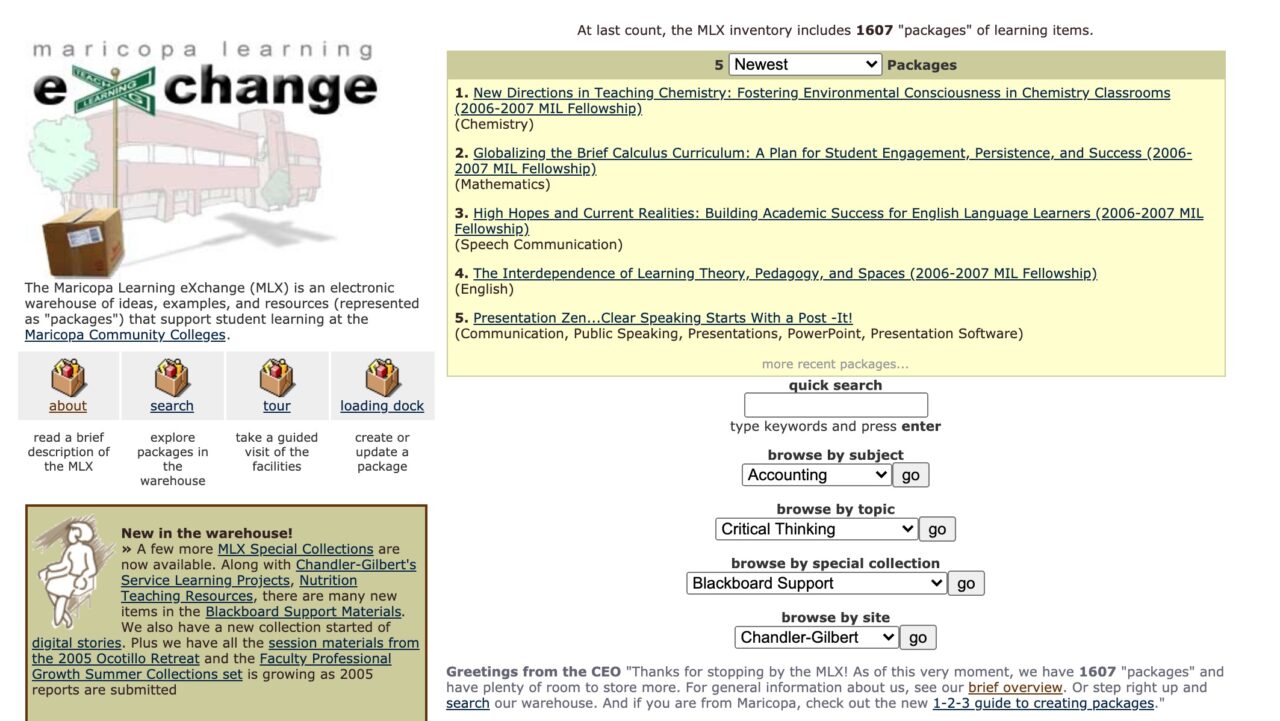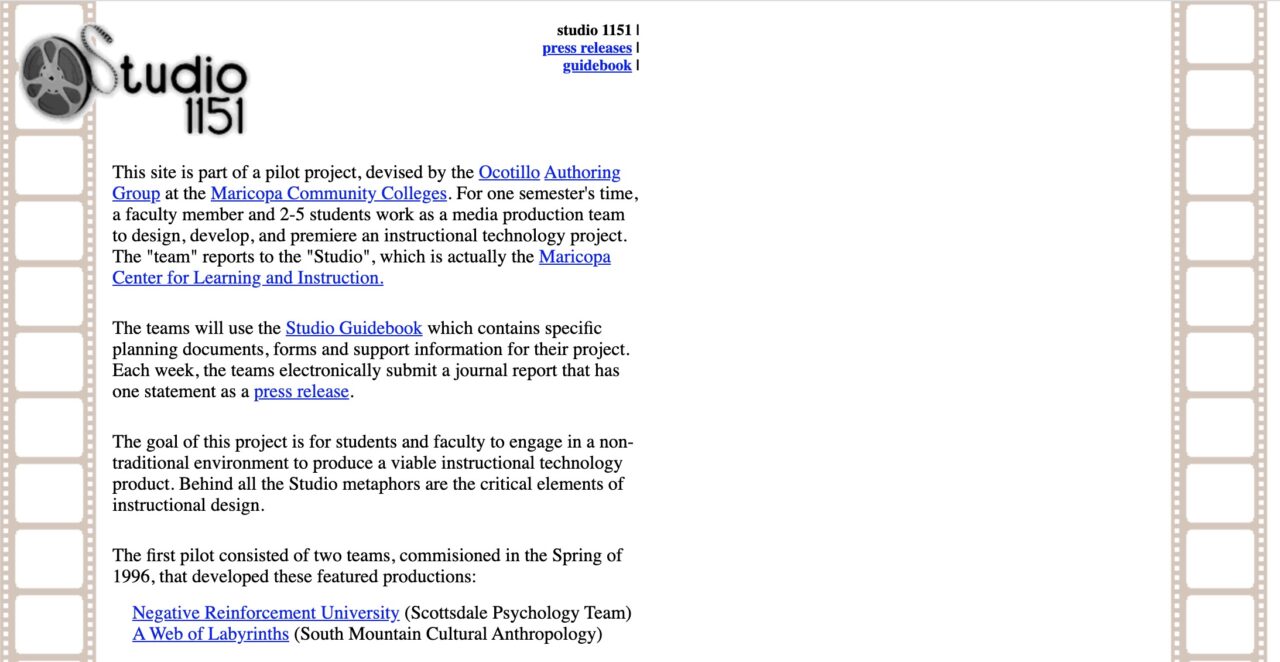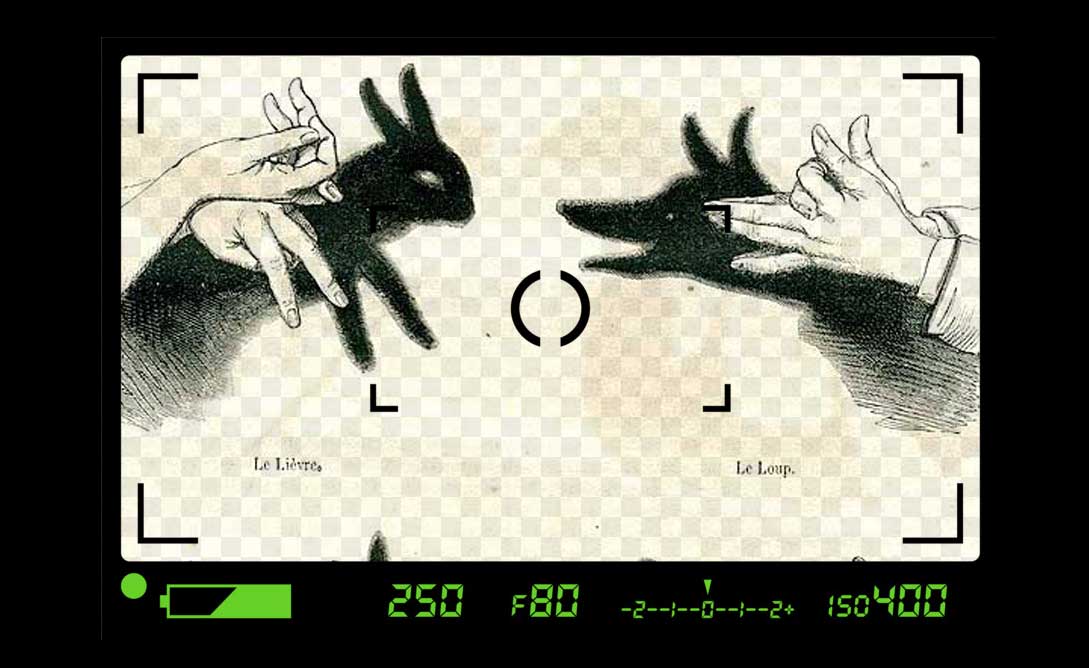The opening philosophical question here is, “What is a metaphor for a metaphor?”
I leave that riddle for the end of this post, wherever it may end up. The blogging here has been a bit sporadic, I could pull out a sheaf of excuses from the overstuffed drawer- project business? pandemic fatigue? outside gardening? The thing is, often my projects end up being sites run in WordPress, so all the content I am creating there ought to count as blogging.
As if anyone is counting. OKAY! WordPress does thay, this is number 5,345.
A project I have been on is overdue for some backstory blogging here. With my tendency to wander from the main topic, and what I expect is a long prologue on my use of metaphors, let’s start with the site. Here it is. You can exit here and wander there.
It took me perhaps microseconds to reply “yes” when Clint Lalonde asked me to be part of the BCcampus project on Open Homework Systems. I did work on another part of this earlier this year, where I played the part of a sysadmin setting up a test site for trialing 3 different Math Homework Systems software.
This current project involve supporting awardees of the BCcampus 2020 H5P OER Development Grants. These projects are ones where teams are augmenting existing open textbooks with H5P interactive activities aimed at providing in context of the text problems that will reinforce learning and skill application.
H5P is already quite popular for making it easy to create reusable interactive “things” that are not tied to a single platform Since it is integrated into the Pressbooks platform, it all ties together well. Lots of folks are doing it. At some level, the funded projects will make the BCcampus Open textbooks more valuable. But the goal of the project is also leveraging the H5P content being created onto an upcoming H5P OER Hub.
My support role has involved setting up and facilitating a community space hosted in the OpenETC Mattermost (currently this is open to project participants, but at some point we will open it to other interested educators). I also am charged with planning a series of monthly webinars to both bring in some external expertise but also to provide an opportunity for project participants to meet up in real time.
As a sidebar to the sidebars, the next webinar on August 27 is open to anyone interested in this kind of work with H5P in Pressbooks:
And the last part, the subject of this post, is creating a web site to house resources, tips, and other kinds of things that might help project participants. Clint suggested I host this on OpenETC which makes it easy-peasy for BC educators to get a WordPress site going in nothing flat.
That’s where my blogging has gone! So far, what’s been published (heck why am I not syndicating these in to this blog!)
- Getting Started in H5P
- Four Elements of Open Homework Practice Problems
- Organizing the H5P Utensil Drawer
- Writing Good Multiple Choice Questions
- Focus on Formative Feedback
- July Webinar: Cooking H5P With Accessibility in Mind
- Going Beyond Correct/Incorrect with Feedback
- Switching from YouTube to Kaltura For H5P Interactive Video
- August Webinar: Instructional Design of Open Textbook Practice Problems
- Clever End Around For Unused Words in Drag and Drop
But okay, readers with curious minds- what is it with all the “Kitchen” references? Webinars cast as “Cooking Shows”?
Early in our planning, Clint got asked a question I ask often when I am charged with being part of a project, especially where I am making the web site.
“What’s the metaphor for this project?”
We started with thinking of music studios, the “jamming” approach, but in conversation, somewhere the idea of a kitchen emerged as the kind of place we wanted this to be.
First of all, everyone’s house has one. And it’s often the place people gather. But cooking can be done by the strict adherence to recipes, but as someone come to a love of cooking in mid-adulthood, it’s the experimentation that is more interesting. How do you substitute for a missing ingredient? What if you use way more garlic? And spices? Totally open to variance.
We use tools in the kitchen, but often it’s a tactile hands on experience (aheam, kneading bread). And a kitchen is often a messy place (cleaned later).
It totally worked, Clint let me run with it.
And as it turns out, because ideas happen in parallel not in a series, Maha Bali just applied the teaching cooking metaphor to faculty development.
It came full circle as I was in conversation with Gardner Campbell and he described the forward to the Samin Nosrat’s cooking book Salt Fat Acid Heat as an appropriate metaphor (if you will) to think about teaching.
In Salt, Fat, Acid, Heat, Samin Nosrat manages to take us so much deeper and farther into the art of cooking than cookbooks ordinarily do. That’s because her book offers so much more than recipes, a literary genre that, while useful, has severe limitations.
A well-written and thoroughly tested recipe might tell you how to produce the dish in question, but it won’t teach you anything about how to cook, not really. Truth be told, recipes are infantilizing: Just do exactly what I say, they say, but don’t ask questions or worry your little head about why. They insist on fidelity and faith, but do nothing to earn or explain it. Think how much more we learn —and retain!— when a teacher doesn’t just enumerate the step-by-step instructions but explains the principles behind them.
Armed with reasons, we no longer have to cling to a recipe like a lifeboat; now we can strike out on our own and begin to improvise. Even though it contains plenty of excellent recipes, this is a book concerned foremost with principles.
:
:
This book will change the way you think about cooking and eating, and help you find your bearings in any kitchen, with any ingredients, while cooking any meal. You’ll start using recipes, including the ones in this book, like professional cooks do—for the inspiration, context, and general guidance they offer, rather than by following them to the letter.
Talk about tying things together!
Clint and I worked to try and define the Four Elements of Open Homework Practice Problems.
Back to the web site.
The web site main entrance shows a kitchen with a subtle bit of H5P/PB added.

To me having a metaphor has always helped to frame/shape/drive the project, to give it something akin to a sense of continuity in film. Some of it is about the visual design of a site and materials, but I find it helps to plan and design a project, in a way it’s the rug that ties the whole project together.
Perhaps one I remember the most was the UDG Agora Project I was part of, led brilliantly by Tannis Morgan, working with Brian Lamb, Nancy White, Barb Kidd, Terry Bateman, and colleagues at the University of Guadalajara. stop me from blogging too much about maybe the greatest project I ever was part of (okay there are already plenty of posts on it).
Tannis already had in mind a concept of “studios” for the workshops, but as already told, on our first project planning visit, I asked the “M” question.
On the first day I asked for some metaphor help for the project, since my web and program design starts with a metaphor. The word “studio” like where artists or craftspersons work did not have a lot of resonance. I gave them homework to return the next day with a metaphor from the project.
This was a beautiful moment, because I did not want to hand them a metaphor, and it was Coco A who come back the next day with the metaphor of the “Agora”. It was interesting as a Greek term for gathering place, but it translates to Spanish. But it fit very well for what we saw in the downtown plazas near our hotel.
Every night the plazas were full of people, families, kids, singers, bicycle riders, all sharing a public gathering space.
https://cogdogblog.com/2015/07/udg-agora-project/
It became such an integral part of the project, it got lost that it was a metaphor. But the best part was that the idea came from our “client.”
A follow-up project with the same organization made use of the metaphor of the Guadalajara grand mural art work of José Clemente Orozco – https://muraludg.org/
I worked later on a fun project with Tannis where we represented groups of related resources as constellations. A Leadership development site I made for BC Corrections is all about maps, and finding your way by established trails or bushwhacking.
I’m tempted to place a pile of credit of metaphor to my days teaching and building ds106 stuff. The very structural metaphor of the blog syndication lends itself to hubs and tubes, or as Jim Groom declared it- the syndication bus. There’s no real bus, but hey.
Assignments are housed in a “bank”. Various versions of the digital storytelling courses were flavored as led by a fanatical video doctor, a summer camp gone awry, the Twilight Zone, a workplace, a weird Texas family in a trailer park, The Wire, comic books, a western, and as a spy series.
That’s just ones I could remember.
But when I scraped my memory cells, I was using metaphors for projects back in my Maricopa years. The Maricopa Learning eXchange turned the droll boredom of metadata and learning objects into a virtual warehouse of teaching ideas, represented as packages with labels.

A creative storymaking site based on the Hero’s Journey, was built around a metaphor of travel suitcases:

There was an approach for having teams of students working with faculty on technology projects all based on a metaphor of my department being a movie studio (“Studio 1151” came from the Roman Numeral translation of the center, MCLI)

I am not be any means the center of metaphor making. My entrance to working at the Maricopa Community Colleges was supporting maybe the most creative effort to have faculty lead technology initiatives, an organization named Ocotillo by Vice Chancellor of Academic Affairs Alfredo de los Santos.
Now in it’s 18th year, Ocotillo since 1987 has served as a faculty-driven catalyst for addressing technology and learning at the Maricopa Community Colleges. Ocotillo takes its name from a plant which is indigenous to the natural Arizona landscape. Like the plant’s branches which reach up and out in many directions, Ocotillo’s ideas may reach out, grow, and flourish.
I was nourished by that metaphor. It was my first week on the job at Maricopa and I was off at an Ocotillo Retreat at Mormon Lake, Arizona. They were working through a report on instructional technology for the district, authored by a Math faculty Alan Jacobs and illustrated by Art faculty Bill Martin -the title and metaphor was “It’s a River Not a Lake”.
If I keep digging I will find more metaphors.
It’s metaphors, all the way down.
Anyhow, that’s how I ended up designing a kitchen.
Okay, about that riddle.
My wife and I were away camping last week. Ah, so peaceful to be not connected. I drafted this blog post in a notebook. With Bud Hunt’s tool.
Cori and I had a great discussion about metaphor, and we tried to find what is a metaphor for a metaphor. It has a bit of Inception going on, recurring on itself.
There was no googling or then we’d end up with stuff like
a figure of speech in which a word or phrase is applied to an object or action to which it is not literally applicable.
a thing regarded as representative or symbolic of something else, especially something abstract.
We liked the idea of a symbol that represents something else. The idea of shadow puppets resonated. And then to make it have that second layer, what about the representation of a representation as a photograph of a shadow puppet! All of which are not the real object at all.
Anyhow, it led me to make this mashup:

Expect a metaphor if you involve me in a project of yours.
Featured Image: Main image on the H5P PB Kitchen web site, Kitchen at Green Gulch flickr photo by Terrie Schweitzer shared under a Creative Commons (BY-SA) license modified by Alan Levine with overlay of the H5P/Pressbook logos.





I’m with you on the cooking metaphors 🙂 https://fragmentsofamber.wordpress.com/2020/06/07/home-cooking-a-metaphor/
The metaphor recipe works deliciously!